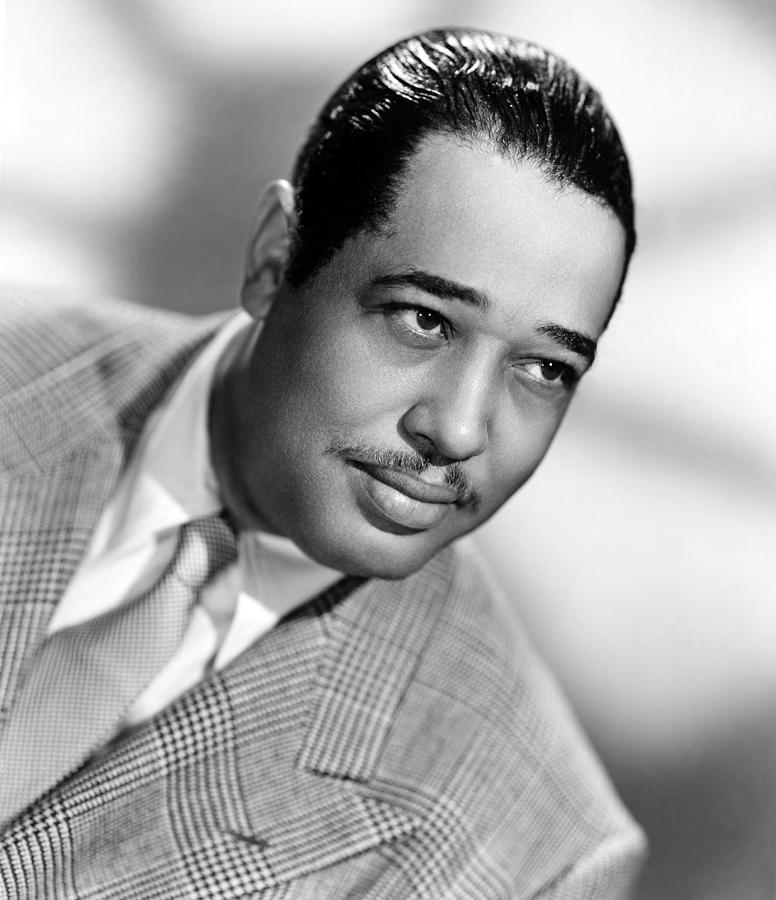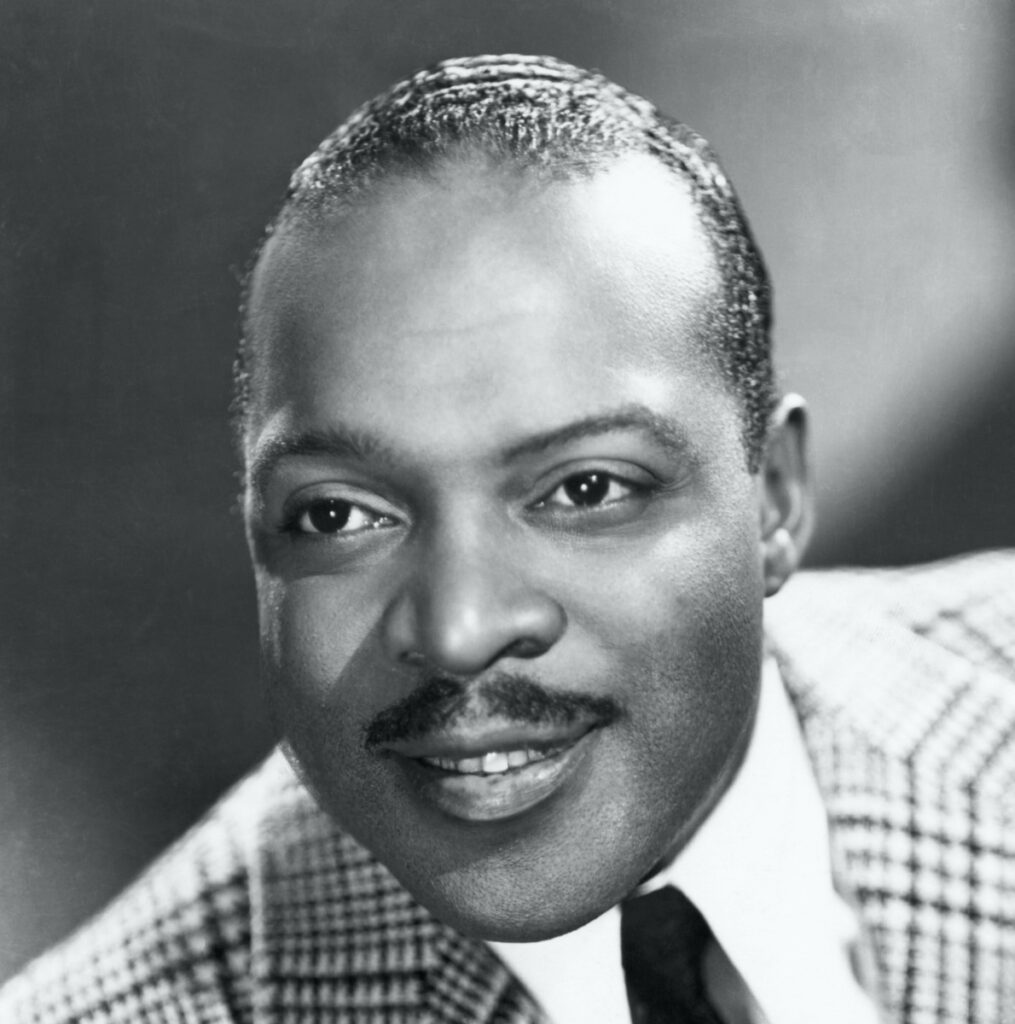Who are the Musicians?
Duke Ellington
The Big Band Era was filled with many great composers. One of the greatest, arguable being, Duke Ellington. His upbringing took place in Washington D.C. He had a comfortable childhood, living in a nice house where his father worked as a butler. His mother, on the other hand, took on the domestic duties. Her main focus was raising Ellington. She firmly believed that he was ‘destined for greatness’. His eagerness to learn paired with his musical capabilities allowed him to make a name for himself in the 1920’s as an established pianist and bandleader. From there, his music career launched and by the late 1920’s, he and his band were able to sign a four year contract with the Cotton Club in Harlem.

Count Basie
Count Basie grew up in Red Bank, New Jersey. Music was introduced to him early on and he began learning the piano from his mother at an early age. Excited to learn, Basie traveled to Harlem in his teens to study under ther great composers such as James P. Johnson. Throughout his musical career, he developed comping. This term refers to pianists adding chords between the phrases of the horns. As he continued to compose songs, he was able to popularize the Kansas City style of swing. After facing many challenges and losses, Basie was able to put a band together called the Barons of Rhythm. With this band, he was able to become one of the top tier band orchestras in the nation.

A Closer Look at the Songs
When comparing the two songs, listeners can see that Ellington’s song can be categorized as traditional jazz and Basie’s song can be categorized as swing jazz. Initially hearing the song “Satin Doll” by Duke Ellington, it is played at a slow pace in comparison to Count Basie’s “Gone With What Wind”. Basie’s song is noticeably more upbeat than the latter. In both songs, listeners can observe the instruments being played. Because both songs are in the same genre, similar instruments can be heard. Examples of these instruments include the trumpet, saxophone, piano and drums. Comparably, the notes that are being played in Ellington’s song seem to be drawn out and long, giving it a slower cadence. Whereas the notes in Basie’s song are short and swift. Listeners can hear the riff. This results in the song having more of an upbeat tone.
Throughout Basie’s song, listeners can hear stylistic elements such as riffs and ostinato. At 1:39, listeners can begin to hear the cadence of the song change from a slower paced song to an upbeat song. This is where the riffs are most prominent. The notes get shorter and faster which gives the song more of a springy feel. Listeners may also be able to feel ostinato which is a short melodic rhythm played throughout the entirety of a song. The introduction of the song is played at a slower cadence than the rest of the sing. The main instrument heard at the beginning is the piano and the drums. At 0:41, listeners can gear the trumpet and the saxophone being introduced into the song. While the notes are still more drawn out, the cadence of the song picks up slightly.
Ellington’s song “Satin Doll” can be recognized for its ‘unique orchestral colors’. He is most famously known for his accomplishment of producing the Ellington Effect. With his work, he was able to combine multiple different genres of music including pop culture, jazz and classical. “Satin Doll” is a perfect example of a song that contains aspects of multiple genres of music.
Conclusion
Overall, Ellington and Basie were astounding musicians. Both of them made huge contributions in the jazz era and diversified the genre. Artists to follow in their footsteps would be able to use their accomplishments and build off of them.

